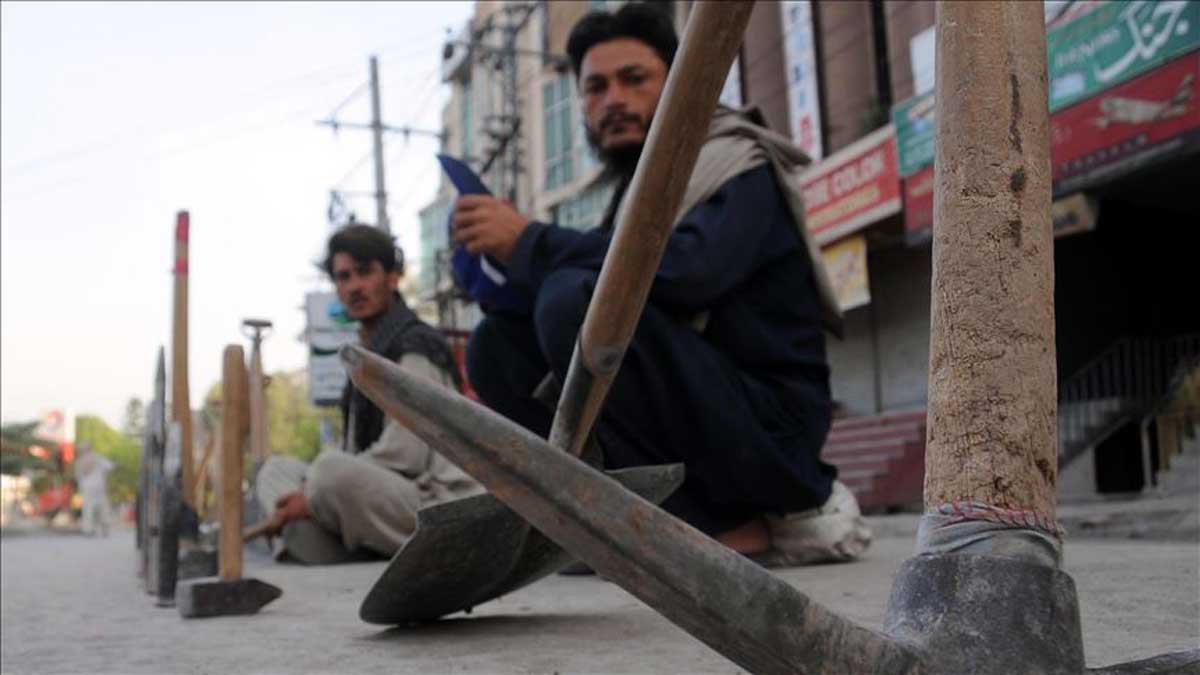Pakistan shows one of the smallest trade-to-GDP ratios in the world presenting at only 30 percent. But, it is not all doom and gloom and the country has immense capacities for improvement, as per the Asian Development Bank (ADB).
One of the practicable strategies that Pakistan can implement to increase its development is to further start its economy to trade. The ADB in its report named ‘Pakistan’s Economy and Trade in the Age of Global Value Chains, says that at only 30 percent, Pakistan displays one of the smallest trade-to-GDP ratios in the world, even when considering its size into account.
This specifies abundant potential for enhancement. Studies and surveys have confirmed frequent welfares to economic openness, like chances for specialization, access to comprehensive markets, the influx of know-how, and the reinforcement of the economy.
Read more: ADB to give Pakistan $10 billion for development projects in five years
Moreover, current configurations show that Pakistan’s trade is presently leaning toward Europe, the United States, and China. Its expertise is in textiles, however, some of its agricultural products are traded to the Middle East. Captivatingly, it does not have a substantial trading association with its nearby neighbors in South Asia. The solitary economy for which it is the main market is its northern neighbor Afghanistan, the report highlights.
As the huge majority of its export products come under the textiles alliance, formal procedures of export attentiveness suggest that Pakistan’s exports basket is comparatively more expanded, particularly compared to other major textile exporters like Cambodia and Bangladesh. Though, its exports are less differentiated than India’s.
Furthermore, the ADB study used figures from 2019 since 2020 was an infrequent year [due to Covid-19] depicting a snapshot of economic plainness in various levels of GDP for 166 countries and economies with obtainable data, and for economic openness of Pakistan, it states it is less open than Bangladesh and India. However, it is merely more open than Brazil, Ethiopia, and Sudan.





















